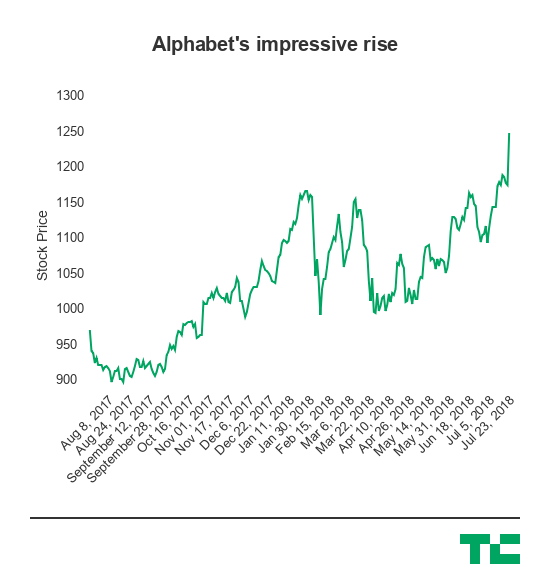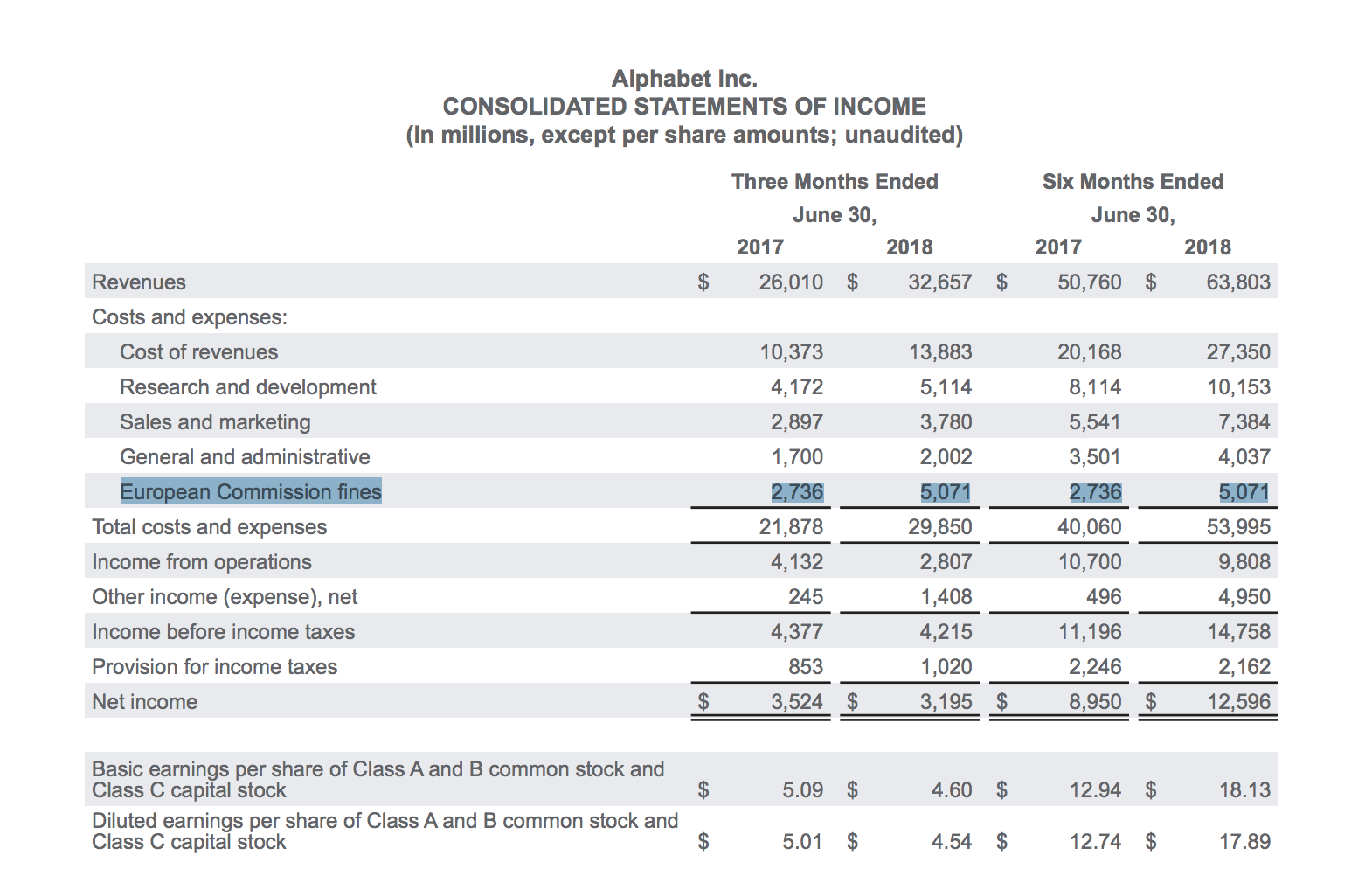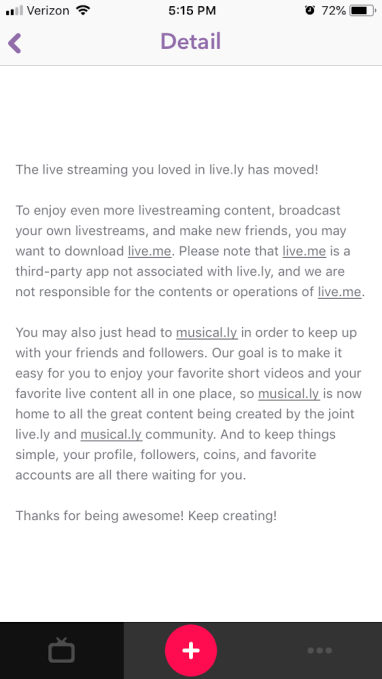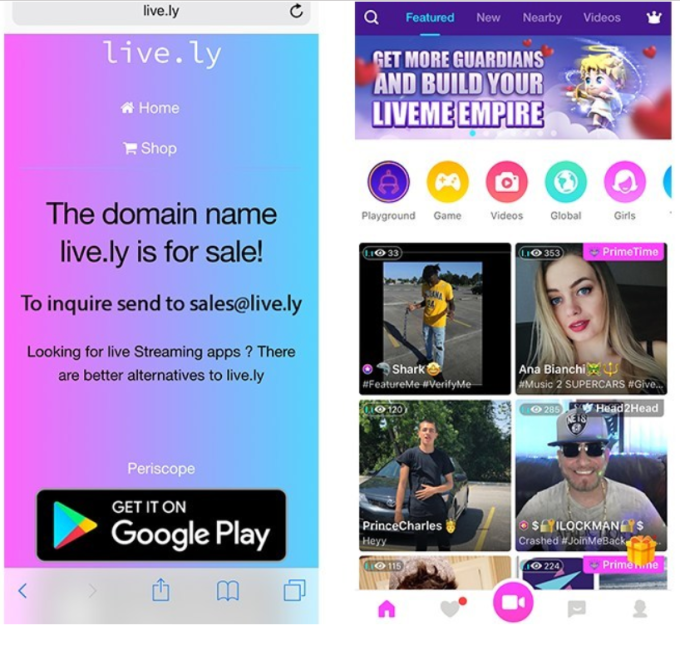When Google Cloud brought Diane Greene on board at the end of 2015, one of her goals was to expand the division’s partnership network, an approach she found worked quite well when she was running VMware in the early 2000s. It appears to be working at Google too.
This week at Google Next, the company’s annual cloud conference, they announced the partner program had grown significantly since the beginning of last year. “Since the start of 2017, we’ve increased the number of technology partners by 10x and we’ve more than doubled our team supporting these partners,” Google’s Nan Boden and Nina Harding wrote in a blog post on partner program progress.
Google is partnering with a variety of large enterprise vendors from Cisco to SAP to NetApp to Diane Greene’s old company, VMware. In addition, they are also working with the traditional systems integrators like Accenture, Deloitte, KPMG and others.
All of this is enabling Google Cloud customers to work through familiar channels while helping Google to build out its cloud business and gain more traction in the enterprise. Partners in general help customers work with a platform like Google Cloud more easily by providing integrations that might not otherwise exist.
One thing Google has going for it, especially on the G Suite side of the house, which includes Gmail, Docs, Drive and Calendar, is sheer numbers with millions of users. It benefits the partner to work with a company like Google Cloud to help all their common users, and perhaps attract new ones, and it benefits Google because it makes their cloud services all the more valuable to the customer.
The company sees Software as a Service in particular as a key area for growth and they announced out a new partnership program this week with access to more Google personnel and marketing funding to help encourage more interaction with SaaS partners on the platform. They already have multiple agreements in place with popular SaaS vendors including Salesforce, Box, MongoDB, Zenoss, Elastic, RedisLabs, JFrog, BetterCloud, DialPad, and many others
Cloud computing has always been different from traditional enterprise computing because cooperation has always been the watch word. Even companies like Salesforce and DialPad and Cisco and SAP that could be competing with Google on some levels see the benefits of working with them (and other cloud providers). It’s what their customers want, and cooperation when it makes sense, benefits all parties involved.






